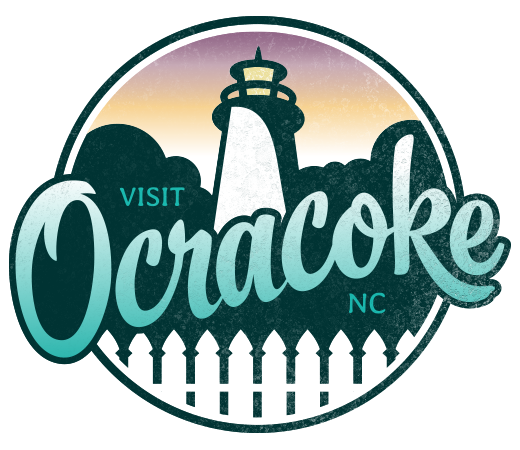Uncover Ocracoke History
-
1565
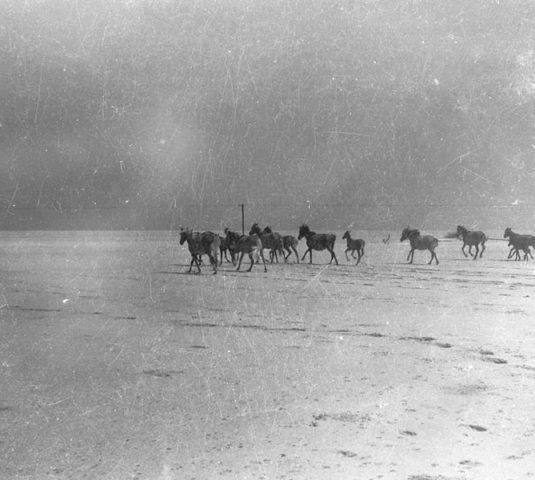 Photo courtesy of Village Craftsmen
Photo courtesy of Village CraftsmenWhen the English arrived at the Outer Banks, they had Spanish horses on board. These were probably the first horses introduced to Ocracoke. For years, wild Banker Ponies roamed free on the island but were penned in 1959 for protection as car traffic increased.
-
Pre-1715
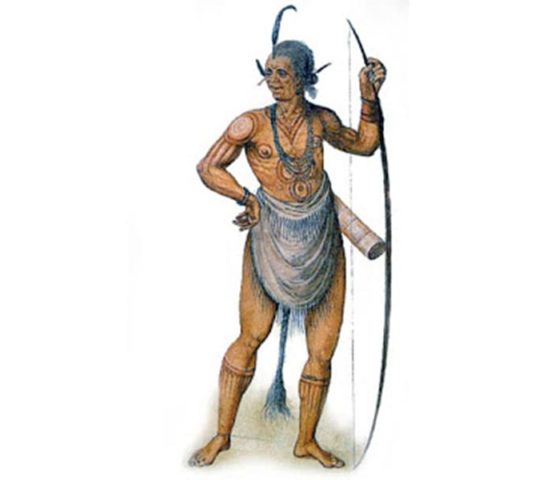 Image courtesy of The Village Craftsmen
Image courtesy of The Village CraftsmenNative Americans had hunting and fishing encampments on the island. Although there may have been permanent settlements on Ocracoke, no evidence has yet been discovered.
-
1715
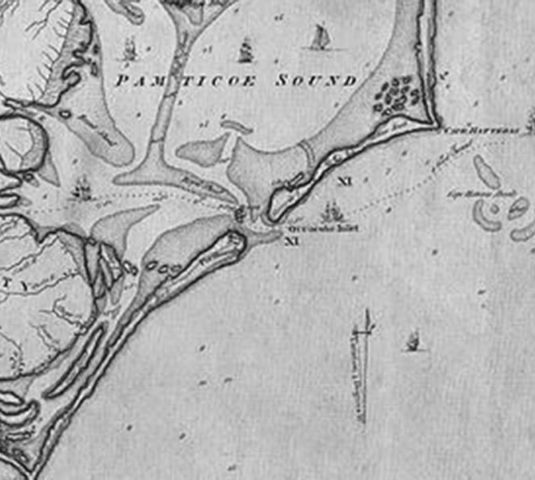
Ocracoke was designated a town by the North Carolina Colonial Assembly. It was called “Pilot Town” in hopes of attracting ship’s pilots to guide merchant vessels through Ocracoke Inlet. The first pilots and their families seem to have settled on Ocracoke in the 1730s.
-
1718

On November 17, the infamous pirate Blackbeard was killed by Lt. Maynard in a fierce naval battle off the coast of Ocracoke ending the “Golden Age of Piracy.”
-
1775 – 1783
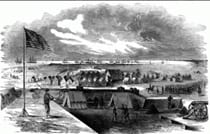 Image courtesy of the Village Craftsmen
Image courtesy of the Village CraftsmenDuring the Revolutionary War, Ocracoke Inlet played an important role as a main avenue of trade into and out of the colonies, and as an avenue for supplies to the Continental Army.
-
1823
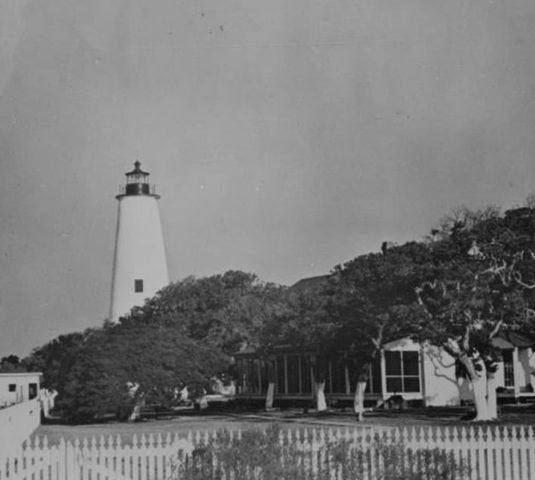 Photo courtesy of Ocracoke Navigator
Photo courtesy of Ocracoke NavigatorOcracoke Lighthouse is built and put into operation at the edge of Silver Lake Harbor replacing a wooden lighthouse built in 1798 on nearby (now underwater) Shell Castle Island.
-
1840
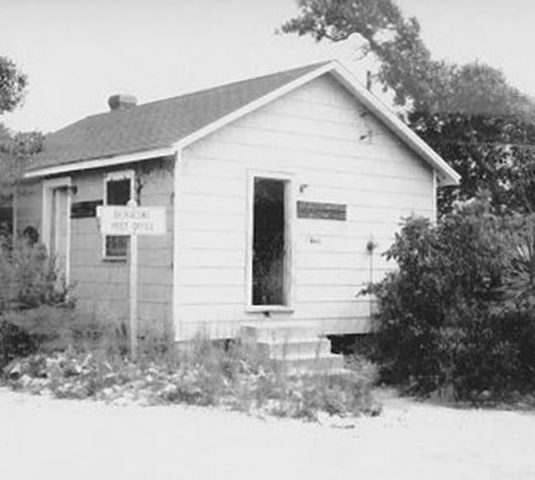
A U.S. Post Office is established on Ocracoke.
-
1861 – 1865
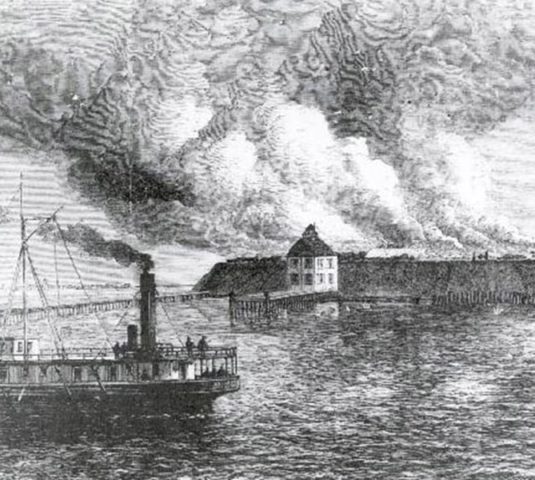
During the Civil War, Fort Ocracoke, on nearby Beacon Island, was constructed at the onset of the war but quickly abandoned by the Confederate Army, and then destroyed as Union forces took over neighboring Hatteras Island. Although Union troops occupied Ocracoke, the village had no fortifications or cannons, and there were no battles on the island.
-
1883 – 1996
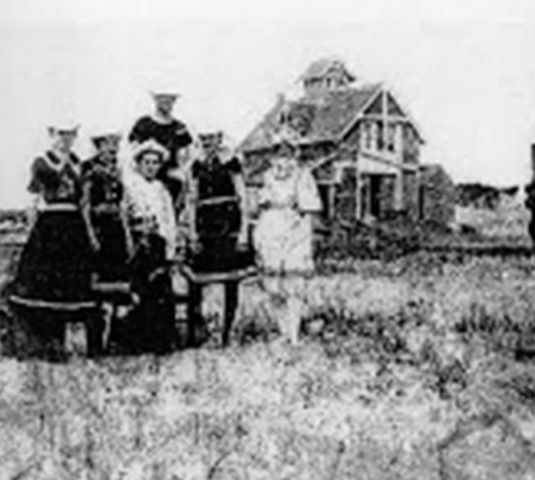 Photo courtesy of Village Craftsmen
Photo courtesy of Village CraftsmenThe U.S. Life Saving Service was established on the island in 1883 to respond to ships wrecked or stranded in the Graveyard of the Atlantic. The first station was located at the north end of the island, at Hatteras Inlet. In 1903, a second station was built in the village. In 1915, the USLSS was combined with the U.S. Revenue Cutter Service to create the U.S. Coast Guard. The local station was decommissioned in 1996 and the building now serves as a facility for the NC Center for the Advancement of Teaching.
-
1938
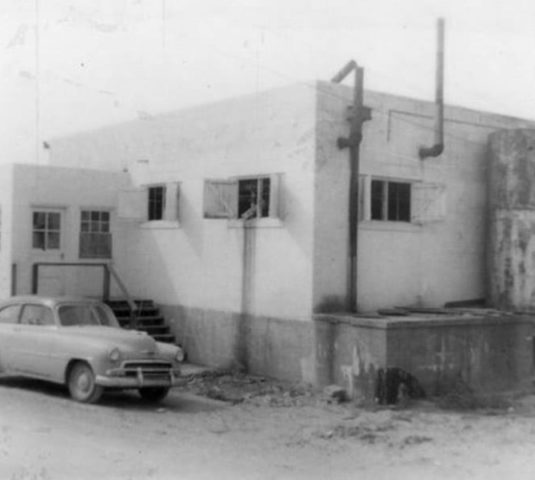 Photo courtesy of the Village Craftsmen
Photo courtesy of the Village CraftsmenOcracoke Ice and Electric Company was established with the goal of providing electric power to local businesses and homes, and to provide ice to fishermen so they could transport their catch to the mainland for sale more easily and with little spoilage. The island continued to rely on locally produced generator power until 1966, when electric cables were attached to the Oregon Inlet bridge and laid under Hatteras Inlet.
-
1940s – 1950s
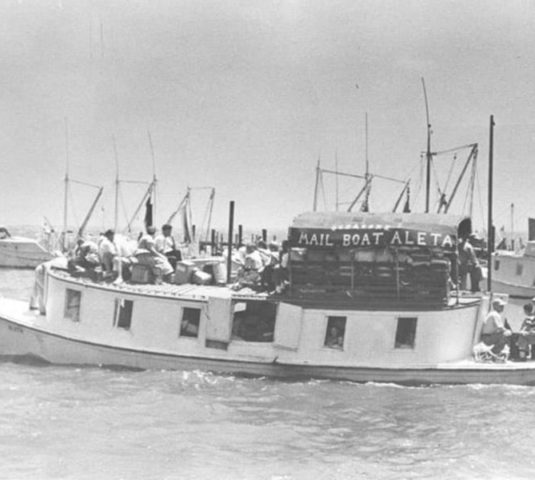
Before the state-run ferry system was established and the road to Hatteras was built, Ocracoke’s primary route to the mainland was a privately owned and operated mailboat, Aleta, which carried both mail and passengers. A round trip from Ocracoke to other islands and back could take up to 10 hours.
-
1942
The U.S. Navy paved the first section of road on Ocracoke Island over what had always been deep sandy lanes. Gradually, the NC DOT took over and a majority of the roads were paved by 1957.
-
1942
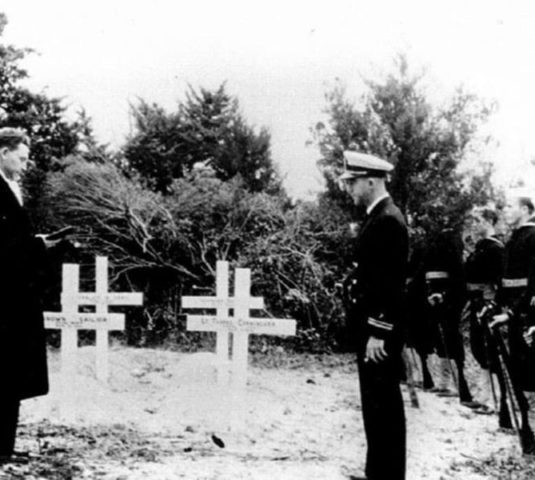
On May 11, a German U-boat sank the HMT Bedfordshire off the coast of Ocracoke Island, killing everyone on board. The British Cemetery was established on a small plot of land on Ocracoke Island for the four British sailors whose bodies were recovered after that attack.
-
1942 – 1946
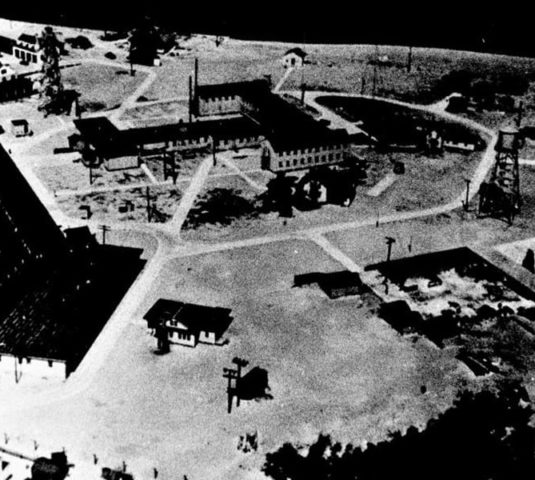
During World War II, a U.S. Navy base was built on the island including a magnetic loop station to detect German U-boats, and served as the training grounds for a highly classified unit called the U.S. Beach Jumpers (the precursor to the U.S. Navy Seals).
-
1943
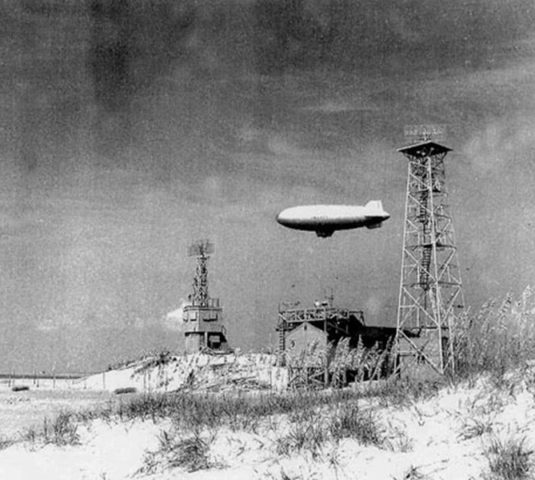 Photo courtesy of Ocracoke Preservation Society
Photo courtesy of Ocracoke Preservation SocietyThe U.S. Navy operated a radar and sonar tower at Loop Shack Hill, a series of sand dunes just outside the village, with jamming equipment, radio high-frequency direction-finding gear, and new listening capacities.
-
1944
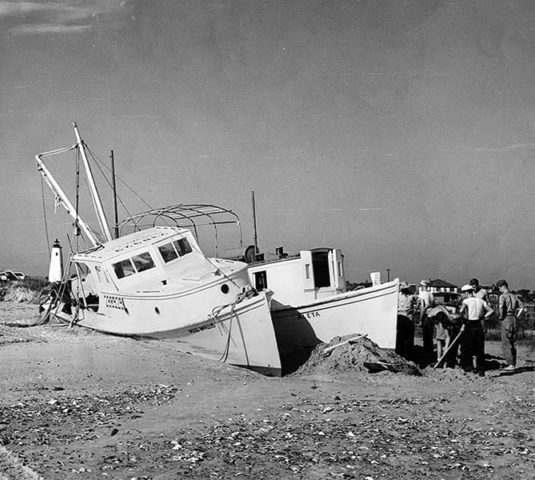 Photo courtesy of Our State magazine
Photo courtesy of Our State magazineOn September 14, one of the worst and most memorable hurricanes of that generation hit. Boats washed up onto shore, and houses floated off foundations.
-
1950s
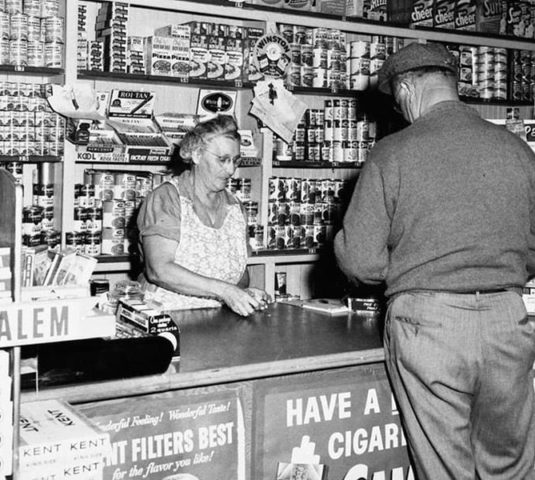
Albert Styron, Jr, and his wife Mamie ran Albert Styron Store, which sold groceries and Philips 66 gas.
-
1950s
 Photo courtesy Blackbeard’s Lodge
Photo courtesy Blackbeard’s LodgeStanley Wahab was a visionary and saw visitor potential for the island, marketing Ocracoke as the “Bermuda of the U.S.A.”
-
1950
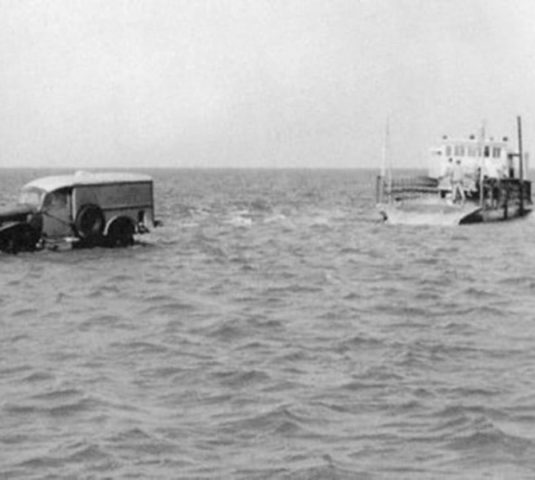 Photo courtesy of Village Craftsmen
Photo courtesy of Village CraftsmenThe first car ferry, which held three cars and was operated by Hatteras islander Frazier Peele, began running out of Hatteras. Ferry service to and from Atlantic, NC (original location) and later Cedar Island, NC (current location) began in 1960, and to and from Swan Quarter, NC began in 1977.
-
1953
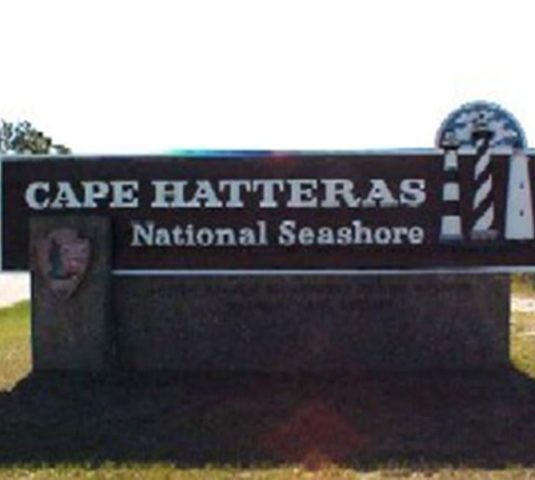 Photo courtesy of National Park Service
Photo courtesy of National Park ServiceThe Cape Hatteras National Seashore was officially established.
-
1954
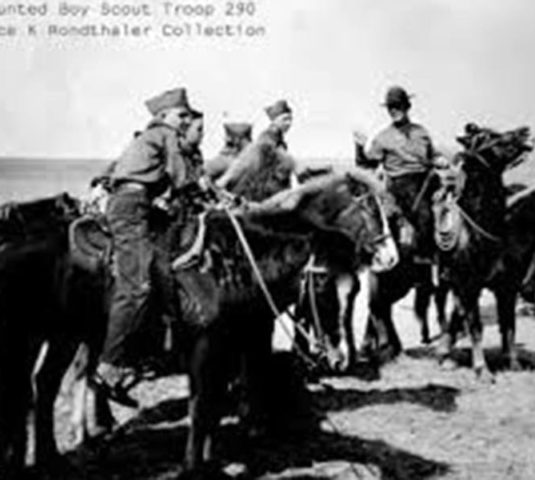
Mounted Boy Scout Troop 290 of Ocracoke, North Carolina, is the only mounted troop in the history of the Boy Scouts of America. Each Boy Scout had to capture, tame, and then care for his own wild Ocracoke Banker pony.
-
1956
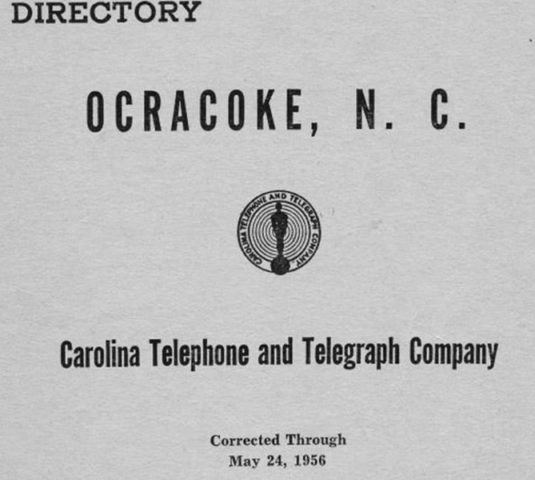 Photo courtesy of Village Craftsmen
Photo courtesy of Village CraftsmenPhone service first came to Ocracoke Island.
-
1977
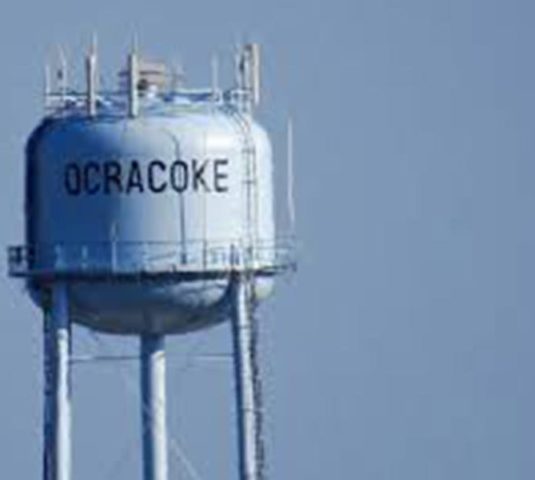 Photo courtesy of Ocracoke Observer
Photo courtesy of Ocracoke ObserverThe Ocracoke Water Plant was opened and “city” water was available to residents by means of a reverse osmosis filtration system. Prior to then, the only fresh water access was from individual cisterns that caught rain water.
-
1982
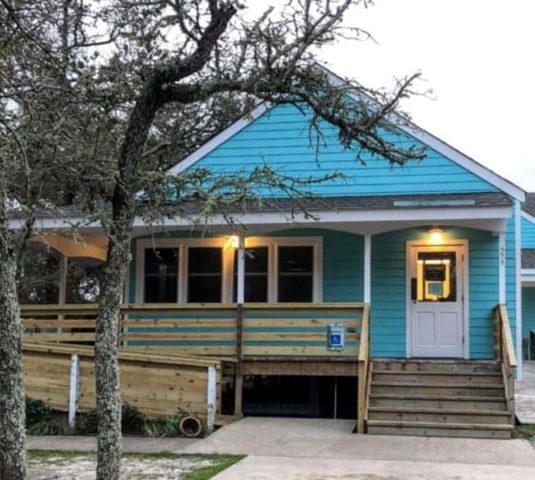 Photo courtesy of NC Health News
Photo courtesy of NC Health NewsOcracoke Health Center was established, and its doors opened. The Health Center was renovated in 2020 due to damages from Hurricane Dorian.
-
2009
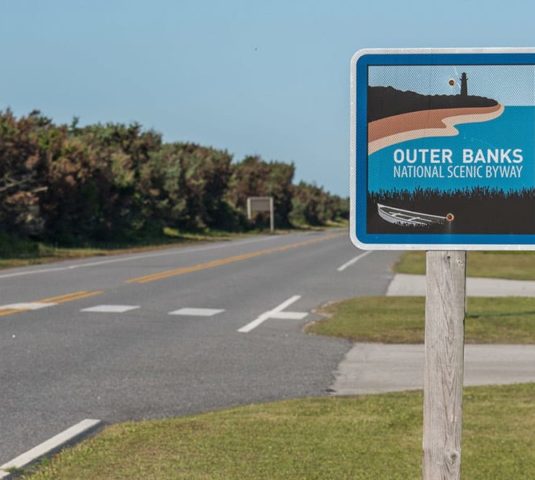 Photo courtesy of Outer Banks Visitor Guide
Photo courtesy of Outer Banks Visitor GuideThe U.S. Department of Transportation found the traditional maritime culture along the Byway worthy of the National Byway Designation.
-
2019
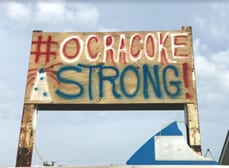
Hurricane Dorian strikes Ocracoke Island. The flooding was historic and catastrophic, with storm surge hitting 7.5 feet. Through the devastation, the island came together and is rebuilding stronger than before.
